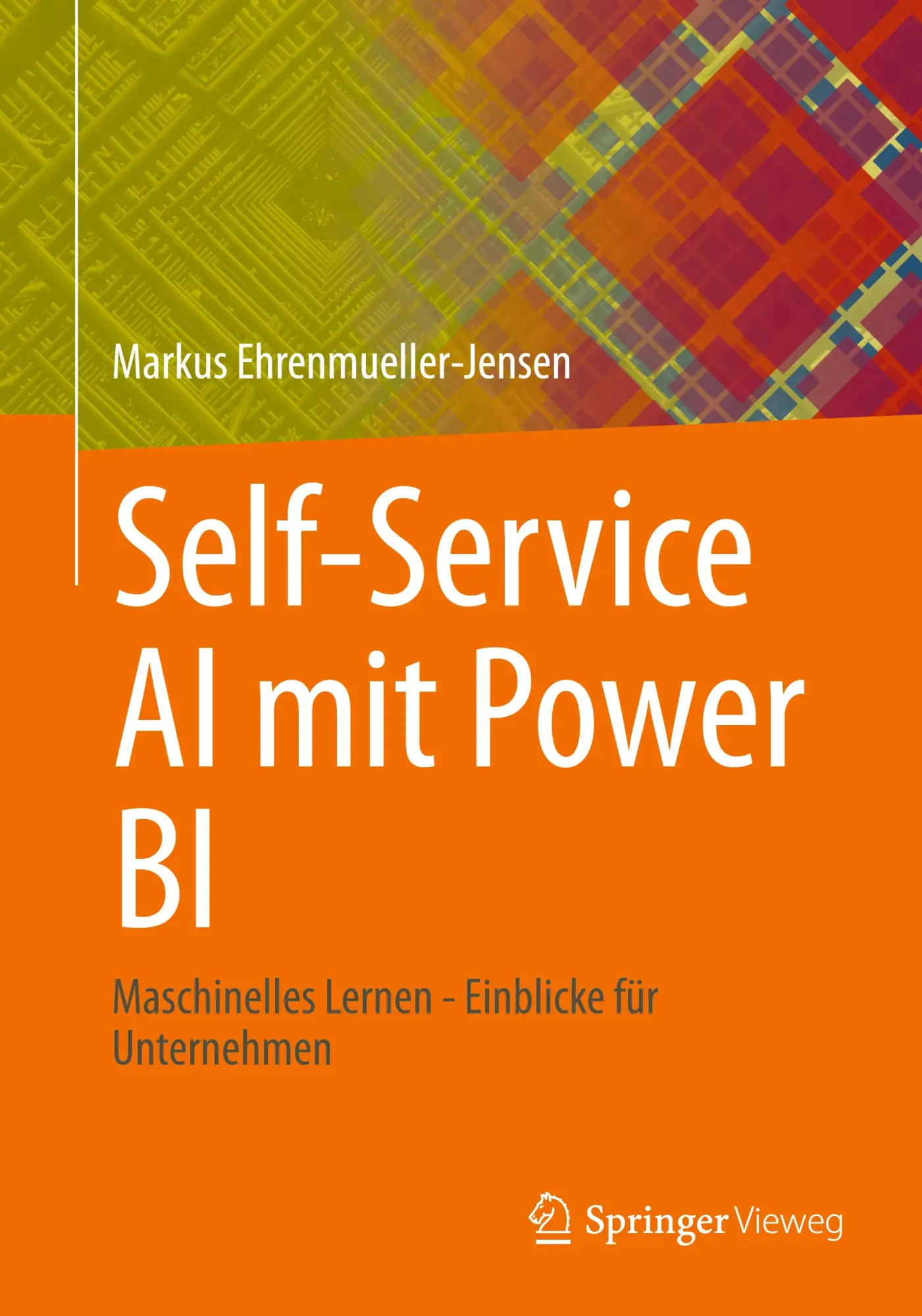55,40 €
UVP 64,19 €
Versandkostenfrei per Post / DHL
Lieferzeit 2-4 Werktage
This book explores the concept of software architecture for modern cars and is intended for both beginning and advanced software designers. It mainly aims at two different groups of audience ¿ professionals working with automotive software who need to understandconcepts related to automotive architectures, and students of software engineering or related fields who need to understand the specifics of automotive software to be able to construct cars or their components. Accordingly, the book also contains a wealth of real-world examples illustrating the concepts discussed and requires no prior background in the automotive domain. Compared to the first edition, besides the two new chapters 3 and 7 there are considerable updates in chapters 5 and 8 especially.
This book explores the concept of software architecture for modern cars and is intended for both beginning and advanced software designers. It mainly aims at two different groups of audience ¿ professionals working with automotive software who need to understandconcepts related to automotive architectures, and students of software engineering or related fields who need to understand the specifics of automotive software to be able to construct cars or their components. Accordingly, the book also contains a wealth of real-world examples illustrating the concepts discussed and requires no prior background in the automotive domain. Compared to the first edition, besides the two new chapters 3 and 7 there are considerable updates in chapters 5 and 8 especially.
First textbook on software engineering for automotive systems, combining both theoretical and practical issues from academic courses and industrial experience
Includes a wealth of real-world examples, suggestions for further reading, and comprehensive summaries at the end of each chapter
Introduces important standards and methods like AUTOSAR, Simulink, ATAM, and ISO/IEC 26262
Second Edition contains new chapters on federated software architectures and machine learning for automotive systems
1 Introduction.- 2. Software Architectures-Views and Documentation.- 3. Contemporary Software Architectures: Federated and Centralized.- 4. Automotive Software Development.- 5. AUTOSAR (AUTomotive Open System ARchitecture).- 6. Detailed Design of Automotive Software.- 7. Machine Learning in Automotive Software.- 8. Evaluation of Automotive Software Architectures.- 9. Metrics for Software Design and Architectures.- 10. Functional Safety of Automotive Software.- 11. Current Trends in Automotive Software Architectures.- 12 Summary.
| Erscheinungsjahr: | 2022 |
|---|---|
| Genre: | Informatik, Mathematik, Medizin, Naturwissenschaften, Technik |
| Rubrik: | Naturwissenschaften & Technik |
| Medium: | Taschenbuch |
| Inhalt: |
xx
274 S. 127 s/w Illustr. 47 farbige Illustr. 274 p. 174 illus. 47 illus. in color. |
| ISBN-13: | 9783030659417 |
| ISBN-10: | 3030659410 |
| Sprache: | Englisch |
| Einband: | Kartoniert / Broschiert |
| Autor: | Staron, Miroslaw |
| Auflage: | 2nd edition 2021 |
| Hersteller: |
Springer Nature Switzerland
Springer International Publishing Springer International Publishing AG |
| Verantwortliche Person für die EU: | Springer Verlag GmbH, Tiergartenstr. 17, D-69121 Heidelberg, juergen.hartmann@springer.com |
| Maße: | 235 x 155 x 17 mm |
| Von/Mit: | Miroslaw Staron |
| Erscheinungsdatum: | 04.03.2022 |
| Gewicht: | 0,452 kg |










